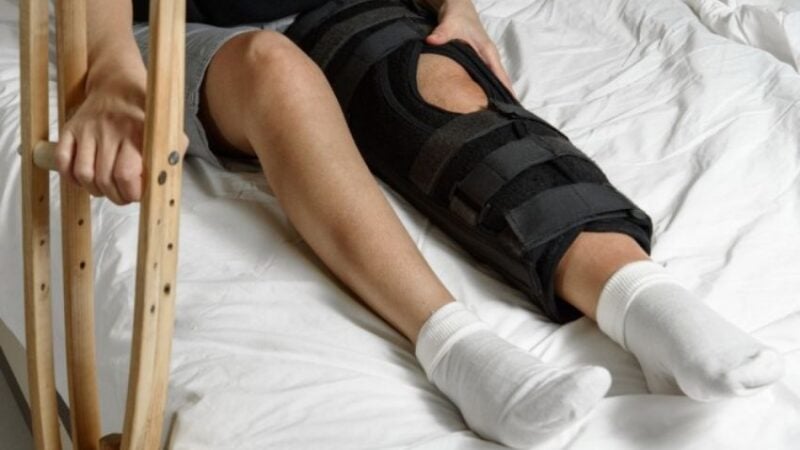The Future of Back Pain Relief: 10 Promising Therapies on the Horizon
Back pain is a worldwide ailment has been a persistent challenge for medical professionals and patients. While traditional treatments have relieved many, the quest for more effective, long-lasting solutions continues. As we step into a new era of medical innovation, a range of promising therapies are emerging. Here’s a look at ten of the most exciting developments:
Regenerative Cell Therapy:
At the forefront of medical innovation is regenerative cell therapy. Companies like DiscGenics, led by Flagg Flanagan, are researching the potential of using cells derived from adult human tissue to repair and regenerate damaged spinal discs. This approach could offer a non-surgical solution to halt or reverse disc degeneration. They use an injection that goes straight into the discs, starting the natural healing process to build back the discs in your back.
Gene Therapy:
Gene therapy represents a cutting-edge approach in the realm of medical treatments, especially when it comes to addressing chronic conditions like back pain. This therapy targets the specific genetic factors contributing to back pain by delving deep into our genetic makeup. The principle behind gene therapy is to treat the symptoms and address the genetic anomalies that might be causing them. By modifying or even replacing faulty genes, the therapy can rectify the underlying genetic predispositions that lead to spinal degeneration or inflammation.
Neuromodulation Techniques:
Techniques like spinal cord stimulation involve implanting devices that send electrical signals to the spinal cord. These signals can block pain messages sent to the brain, relieving chronic back pain sufferers.
Biologics:
These are products made from natural sources and include a range of substances, from vaccines to gene therapies. For back pain, biologics might be used to promote disc health or reduce inflammation.
3D-Printed Implants:
With advancements in 3D printing, custom-made implants tailored to an individual’s anatomy are becoming a reality. These can provide structural support and alleviate pain in cases of severe spinal degeneration.
Nanotechnology:
On the microscopic scale, nanotechnology offers the potential for targeted drug delivery. Nanoparticles can be engineered to deliver pain-relieving drugs directly to the affected area, maximizing efficacy and reducing side effects.
Virtual Reality (VR) Therapy:
VR is not just for gaming. In medical settings, VR programs guide users through pain-relieving exercises and offer a distraction from chronic pain, providing both physical and psychological
relief.
Holistic Approaches:
As the medical world increasingly recognizes the mind-body connection, therapies like acupuncture, yoga, and mindfulness meditation are being integrated into back pain treatment plans. There are still things you can do daily that we highly recommend: justt having a healthy diet, getting the proper exercise, and getting enough sleep. These are all things that we should be doing anyway.
Personalized Physical Therapy:
With the aid of AI and machine learning, physical therapy programs can be tailored to individual needs. AI can recommend specific exercises to target problem areas by analyzing a person’s movement.
Cryotherapy:
For some, alternating between hot and cold therapy can be particularly beneficial. This combination can provide the immediate numbing effect of cold therapy, followed by the muscle-relaxing benefits of heat therapy. It’s essential to listen to your body and determine which method, or combination, works best for you.
Conclusion
The future is filled with a lot of potential, and its only going to get better from here. With all of the technological advancements, these different therapies will help millions of people. We can’t forget the holistic approaches we have used for thousands of years. They have seemed to work and we have to continue to use them, but with so much potential, the world will look a lot different from here on out.

Deepa Mahar is an independent blogger and admin of DeepAdvices who is exploring the beauty of the blog writing from a variety of subjects and books to health, science and others. She believes the blog would be helpful to the reader in the context of knowledge. She is post-graduated with a degree of Biotechnology.





